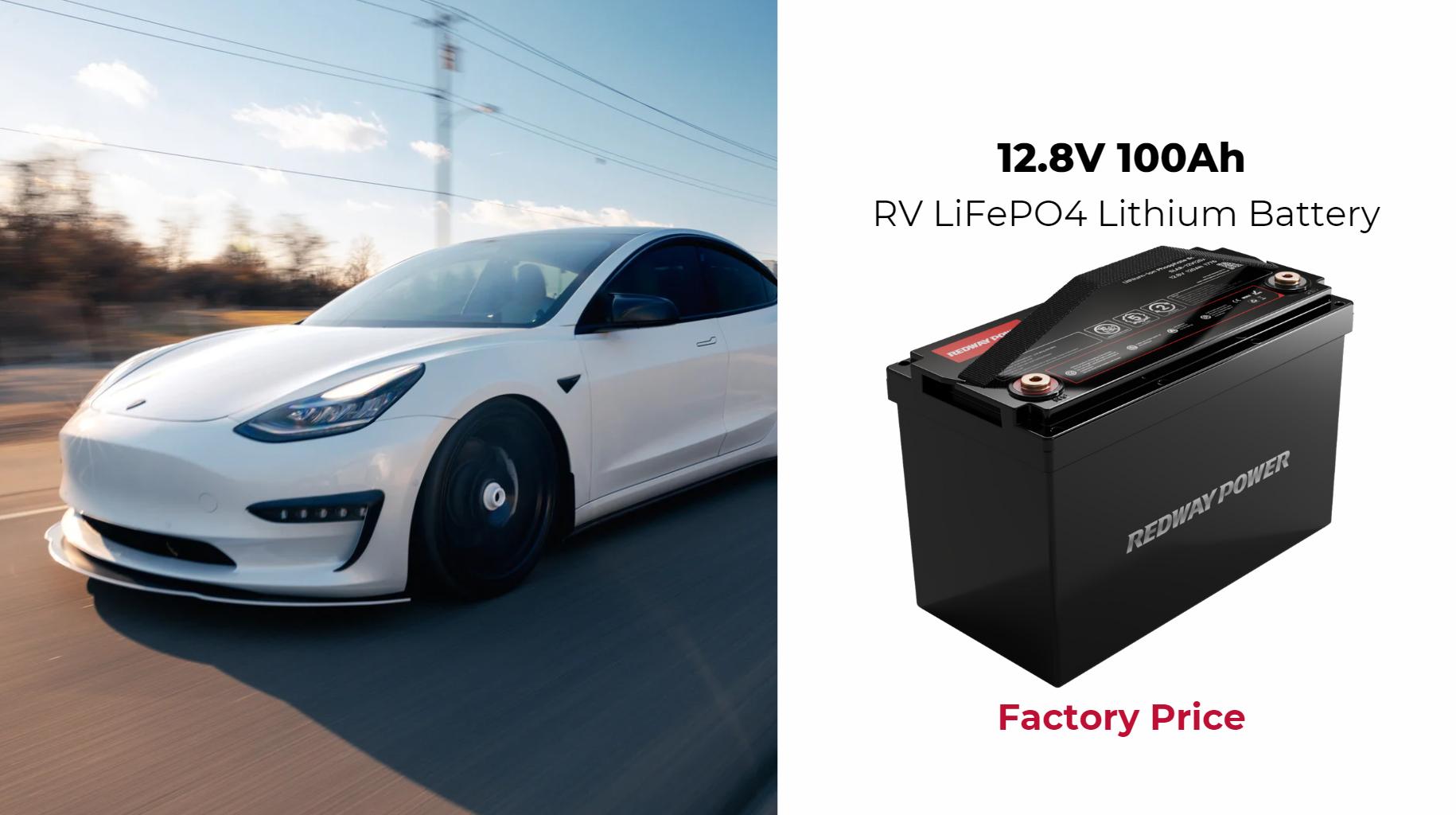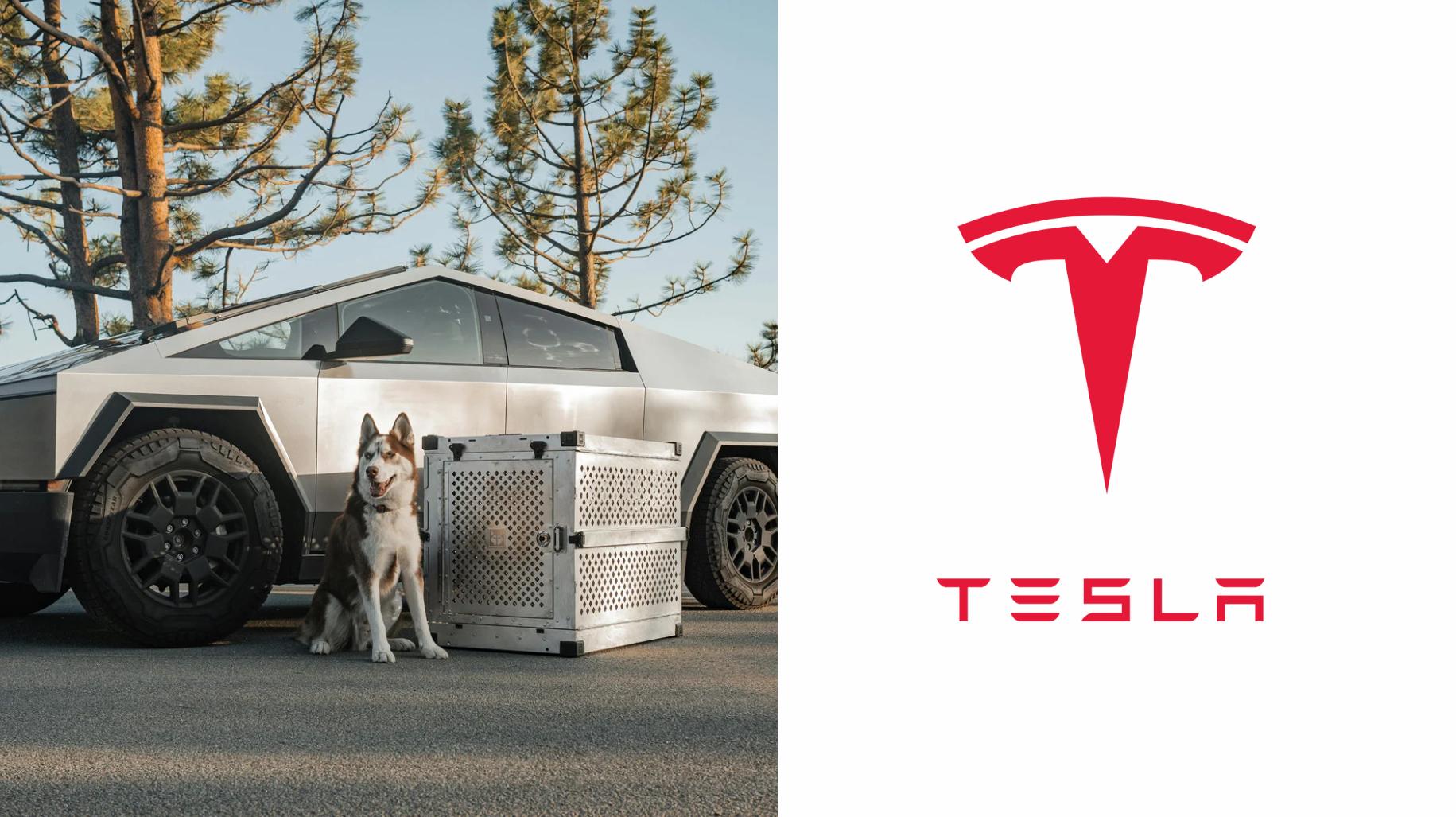Tesla improves the environment primarily through its commitment to sustainable energy solutions. By producing electric vehicles (EVs) that reduce greenhouse gas emissions, investing in solar energy, and developing energy storage systems, Tesla plays a pivotal role in promoting a cleaner, more sustainable future.
Electric Vehicles: A Game Changer
Tesla’s electric vehicles are at the forefront of reducing carbon emissions. Traditional gasoline-powered cars contribute significantly to air pollution and climate change. By offering a range of electric models, Tesla not only provides consumers with an eco-friendly alternative but also encourages the automotive industry to shift towards sustainable practices.
- Zero Emissions: Tesla vehicles produce no tailpipe emissions, significantly lowering urban air pollution levels.
- Energy Efficiency: Tesla EVs are designed for maximum efficiency, converting a higher percentage of electrical energy from the grid to power at the wheels compared to traditional vehicles.
- Regenerative Braking: This technology allows Tesla cars to recover energy during braking, further enhancing their efficiency and range.
Solar Energy Solutions
In addition to electric vehicles, Tesla is heavily invested in solar energy products. The company offers solar panels and solar roof tiles that harness renewable energy from the sun.
Wholesale lithium golf cart batteries with 10-year life? Check here.
- Clean Energy Generation: Solar products allow homeowners to generate their own electricity, reducing reliance on fossil fuels.
- Energy Storage: Tesla’s Powerwall and Powerpack systems store solar energy for later use, ensuring that homes can utilize renewable energy even when the sun isn’t shining.
- Grid Stability: By integrating solar energy with battery storage, Tesla contributes to a more stable and resilient energy grid.
Sustainable Manufacturing Practices
Tesla is committed to sustainability not just in its products but also in its manufacturing processes.
- Recycling Initiatives: The company has implemented recycling programs for battery materials, reducing waste and conserving resources.
- Sustainable Materials: Tesla strives to use sustainable materials in its manufacturing processes, including recycled aluminum and ethically sourced minerals.
- Energy-Intensive Production: The Gigafactories are designed to be powered by renewable energy sources, minimizing their environmental impact.
Latest News
- Tesla recently announced plans to expand its solar and battery storage offerings, aiming for greater integration with renewable energy sources.
- The company has set ambitious goals for reducing its carbon footprint across all operations by 2030.
- New partnerships with renewable energy providers have been established to enhance community access to sustainable energy solutions.
Redway Expert Comment
“In our view at Redway Battery, Tesla’s innovative approach to sustainability sets a benchmark for the automotive and energy sectors. Their focus on electric vehicles and renewable energy not only addresses immediate environmental concerns but also paves the way for a sustainable future. As we continue to develop our Lithium LiFePO4 batteries, we are inspired by Tesla’s commitment to eco-friendly technologies.
Want OEM lithium forklift batteries at wholesale prices? Check here.
Conclusion
Tesla’s multifaceted approach to improving the environment through electric vehicles, solar energy solutions, and sustainable manufacturing practices showcases how innovation can drive positive change. By leading the charge toward a more sustainable future, Tesla not only benefits consumers but also contributes significantly to global efforts in combating climate change.
FAQs
What are the latest advancements in Tesla’s environmental initiatives?
Tesla’s recent Impact Report highlights its commitment to reducing supply chain emissions, focusing on transparency and responsible sourcing of materials. The company aims for net-zero emissions across the product lifecycle and is investing in renewable energy, including a lithium refinery that minimizes harmful byproducts.
How does Tesla’s use of lithium-ion batteries impact the environment?
Lithium-ion batteries contribute significantly to Tesla’s carbon footprint, accounting for 25-30% of greenhouse gas emissions in its supply chain. Mining and refining materials like lithium and nickel have substantial environmental impacts, prompting Tesla to pursue more sustainable sourcing practices and transparency in its supply chain.
What specific measures does Tesla take to reduce its carbon footprint?
Tesla focuses on reducing greenhouse gas emissions across all operational areas. This includes transitioning to 100% renewable energy for operations, enhancing battery efficiency, and implementing strict supplier emission reduction plans. The company also invests in recycling initiatives to minimize waste and maximize resource recovery.
How does Tesla’s battery recycling program work?
Tesla’s battery recycling program aims to recover valuable materials from used batteries. The company has developed a reverse logistics system to retrieve batteries from sold vehicles, successfully recovering significant amounts of nickel, cobalt, lithium, and copper for reuse, ensuring none of its batteries end up in landfills.
What are the environmental benefits of Tesla’s electric vehicles?
Tesla’s electric vehicles significantly reduce greenhouse gas emissions compared to traditional internal combustion engine vehicles. Each Tesla on the road avoids emitting about 51 tons of CO2 equivalent over its lifetime, contributing to a cleaner environment and supporting global climate goals through reduced reliance on fossil fuels.







